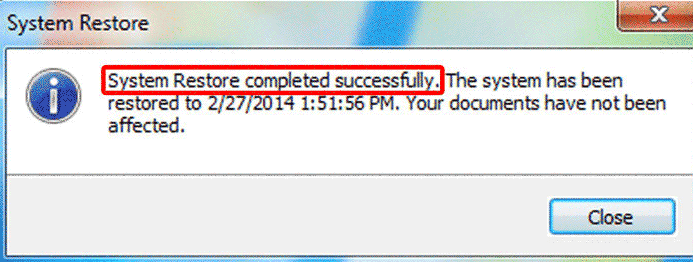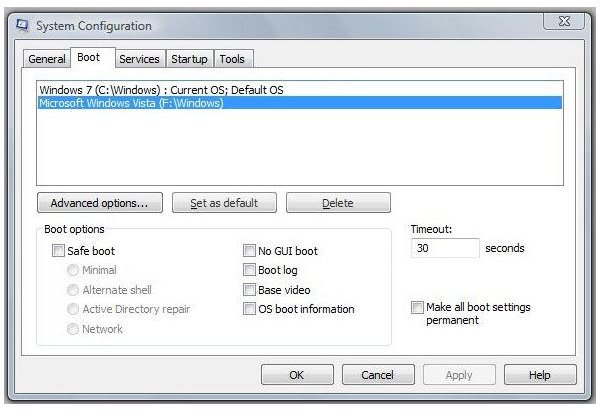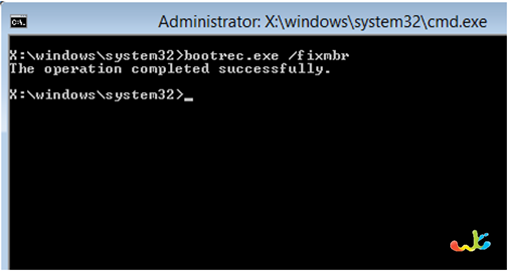
While Windows Boot Manager gives you the ability to choose which OS to boot on your machine, it also slows down the boot process. Enabling and disabling Windows Boot Manager The computer will restart and load Windows Boot Manager. Click Restart Now under the Advanced Startup options.Click Recovery from the menu on the left side of the window.Open the Settings app from the Start menu.

Alternatively, you can also access the app by following the steps below: In most computers, the Windows Boot Manager can be accessed by pressing the ‘F8’ key as soon as your computer starts. Which in turn, loads the user interface (UI) along with the rest of the hardware and software. This is the last phase in the boot process: Additional drivers are loaded and the Windows registry settings are read and pass control to the Session Manager Subsystem (Smss.exe). Once an OS has been selected, the Windows OS Loader loads the necessary drivers to talk to the hardware needed to start the Windows kernel. It lets you choose the operating system to load on the PC.

In this phase, Windows Boot Manager starts the Windows OS Loader (WinLoad.exe). Once this process is completed, the system identifies a valid disk and reads the Master Boot Record (MBR) from it, and the Windows Boot Manager is loaded. In this phase, the computer’s firmware settings are loaded through a power-on self test (POST) process. Here are the four major phases involved in the boot process: However, when you turn on your computer, these files need to be loaded into memory (RAM) and executed for the OS to load. In any computing device, all the essential files, the operating system, its associated libraries and dependencies, along with system-critical data are stored on a hard disk drive. To boot a computer means to initiate the process of starting it. These applications can also help you flash the device with a new OS image and to capture and save crash dumps along with the associated logs to better understand any Windows issues. Windows Boot manager also lets you choose a specific operating system to load if your system contains multiple operating systems. It can also provide access to several boot applications before loading Windows, which let you update, reset, or format your device. what happens when you first turn on your device. It is loaded from the volume boot code of your device’s hard drive, and it enables you to set up the boot environment, i.e.


Windows Boot Manager (Bootmgr.exe) is Microsoft’s proprietary Unified Extensible Firmware Interface (UEFI) application.


 0 kommentar(er)
0 kommentar(er)
